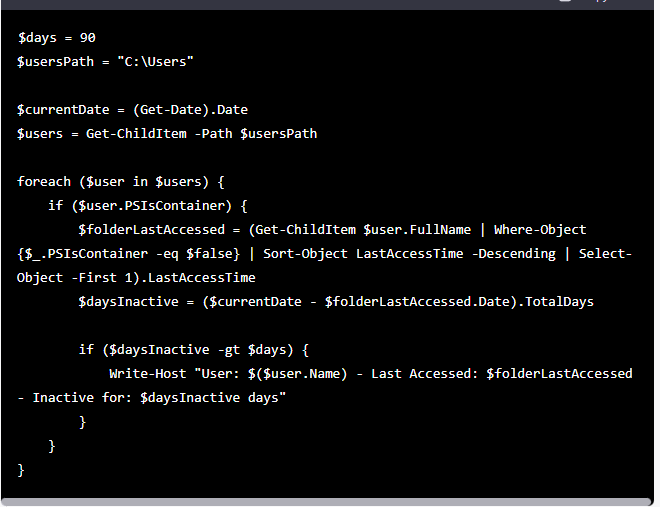- Master Arif
- +44(0)7790029002
- [email protected]
How to Do a Continuous Ping test

How to Reset the Root Password of MySql
March 17, 2016Burn ISO files using Command Prompt in Windows 10 / 8 / 7
March 24, 2016How to Do a Continuous Ping test
Below are methods to create a continuous ping in different environments.
To learn more about pings see the blog post What is ping?
Windows (CMD Prompt)
This works in Win95, Win98, WinXP, Win7, Win8 etc. Go to start, then run, type in cmd to open a command prompt.
ping 192.168.1.1 -t
Unix/Linux Shell
In *nix it is continuous by default.
ping 192.168.1.1
You can also indicate a high count which will ping for a very long time. This example will ping something 9,999,999 times.
ping 192.168.1.1 -c 9999999
If you are in linux and it is not doing a continuous ping by default there is probably an alias for the ping command which is changing the way you envoke ping. Find where the ping command is using which ping then call the program from there and it should be continuous.
/bin/ping 192.168.1.1
Mac and OSX
In OSX it is continuous by default.
ping 192.168.1.1
If that doesn’t work you can get it to be continuous by doing this command instead:
/sbin/ping 192.168.1.1
Cisco Router/Firewall/Switch
You cannot do a continuous ping from a Cisco router, firewall or switch. This includes ASA and IOS operating systems. You can however do a ping for a VERY long time by indicating a lot of pings.
ping 192.168.1.1 repeat 9999999
Or if the repeat command is unavailable use the extended ping by simply issuing the pingcommand by itself and follow the prompts after.
If that still isn’t good enough, you can set up an SLA monitor to actually ping forever.
Juniper JunOS
In JunOS it is continuous by default.
ping 192.168.1.1
Stopping a ping
On any of the systems above you can halt the ping.
To stop the continuous ping press CONTROL+c.

